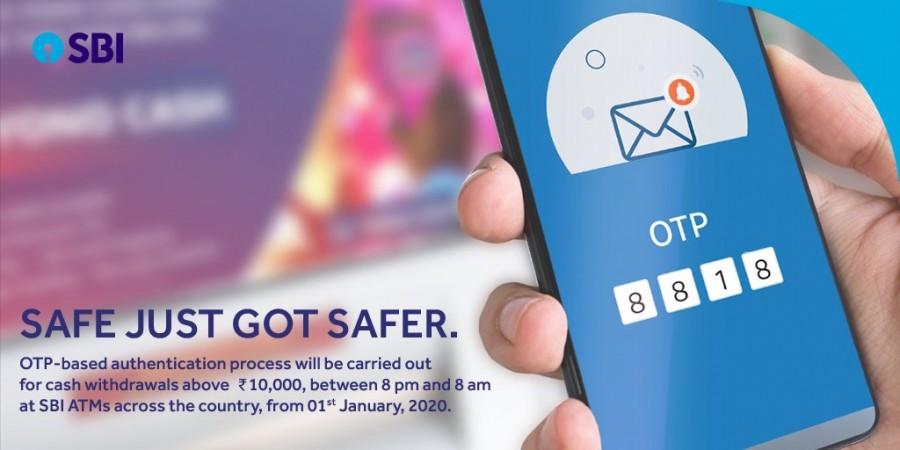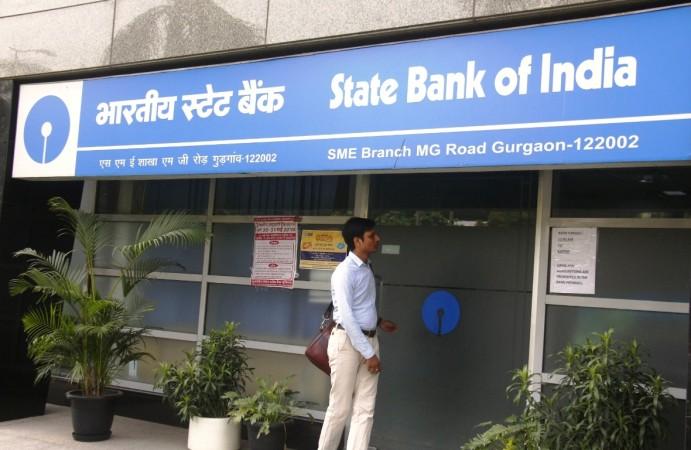State Bank of India (SBI), India's largest bank, has issued an advisory to all of its customers about an important change in the way its ATMs work. In light of mounting financial frauds, SBI wants to protect its customers against unauthorised transactions at ATMs. The national bank has introduced OTP-based cash withdrawal in its ATMs, which require SBI customers to carry their phones along with a debit card to withdraw cash.
SBI ATMs are now enabled with OTP-based cash withdrawals, which is why customers must update their mobile phone number with the bank. The OTP-based cash withdrawal system will be active on cash withdrawals above Rs 10,000 across SBI ATMs between 8 a.m. and 8 p.m.
"Introducing the OTP-based cash withdrawal system to help protect you from unauthorised transactions at ATMs. This new safeguard system will be applicable from 1st January 2020 across all SBI ATMs," SBI tweeted.

This new system safeguards customers against the risk of unauthorised transactions using skimmed or cloned cards. It's not entirely fool-proof, but certainly the first step towards heightened security.
How does it work?
SBI customers will see a new screen while trying to withdraw cash above Rs 10,000. After entering the amount, customers will see a new OTP screen. At the same time, the OTP will be sent to the registered phone number, which needs to be entered in the ATM machine. Once verified, the cash will be dispensed from the ATM machine.
Loopholes in SBI's new system
SBI customers who do not wish to update their phone number in the bank records can easily avoid the new guidelines. Firstly, SBI's OTP-based cash withdrawal system only works in SBI ATMs as the National Financial Switch (NFS) hasn't made this feature a standard across all ATMs.

Secondly, the OTP-based cash withdrawals are effective only for transactions above Rs 10,000, which means anyone can easily make multiple transactions of a lower amount to bypass the SBI system.
Finally, the OTPs work only on transactions between 8 a.m. and 8 p.m., which means withdrawals before or after the set time frame can be done with the extra step.








